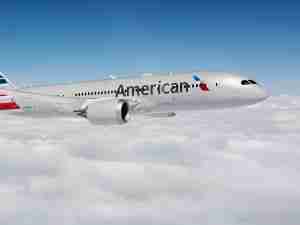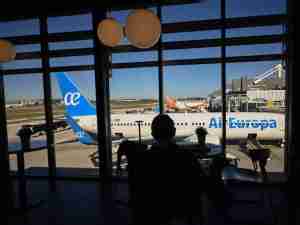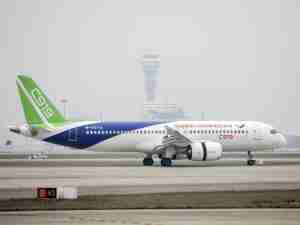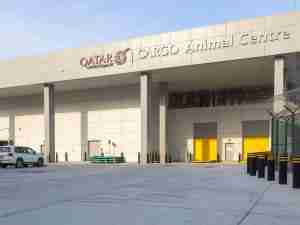Airbus SE may need to reduce the top range of its coming A321XLR jetliner, a key selling point for the new narrowbody, as European regulators seek to lessen the fire risk from an extra fuel tank in its rear fuselage, according to people familiar with the matter.
Improvements to fire safety design around the rear center tank are likely to add weight to the XLR and have a minor impact on its range, according to the people, who asked not to be named discussing a confidential matter. Some customers have been informed of potential changes to the model’s specifications, they said.
The European Union Aviation Safety Agency flagged the issue last year, and Airbus rival Boeing Co. subsequently suggested the tank posed a fire threat. The regulator hasn’t yet issued specific requirements. The U.S. Federal Aviation Administration proposed similar “special conditions” to the A321XLR fuel tank on April 6.
Airbus is discussing certification requirements with EASA, said Stefan Schaffrath, a spokesman for the Toulouse, France-based manufacturer.
“Safety is our number one priority,” he said. “We let independent authorities take all the necessary time to make a decision and would listen carefully to any requirements if they come.”
Certification of the A321XLR is ongoing, EASA spokeswoman Janet Northcote said in an email. “The complete set of conditions in relation with the installation of the rear center tanks is still under definition” and will be published for comment when ready, she said.
The tank, sitting under the floor of the passenger cabin, expands the XLR’s advertised range to 4,700 nautical miles—about 18% more than the current A321LR—allowing it to connect city pairs such as Tokyo to Sydney, Dubai to Johannesburg or London to Miami.
Boeing can’t match the XLR’s combination of range and capacity with its 737 Max, highlighting the importance of the Airbus model and any potential setbacks. Through February, it had generated 515 orders, with some airlines using the single-aisle to replace retiring Boeing 757 and 767 jets. The first deliveries are targeted for 2023.
Extra Weight
Despite the plane’s appeal, fitting the rear-center tank has proved to be a challenge. Airbus told EASA that it was installing insulation under the passenger floor to keep the fuel stored below from making their feet cold, but said its design didn’t meet existing standards for burn-through compliance.
The regulator said in a January 2021 consultation paper that Airbus would have to demonstrate that the new variant was as safe as previous versions.
In a submission made in response to the so-called special condition, Boeing pointed out further risks associated with events such as external fires or landing-gear failures. EASA said in February 2021 that it agreed and would address some of those risks.
The agency said then that it was reviewing the rear-center tank’s design in relation to crashworthiness, and that it would issue a special condition consultation tied to threats from external fires or heat transfer.
In its comments last year, Boeing said that “fuel tanks integral to the airframe structure inherently provide less redundancy than structurally separate fuel tanks” and could pose potential hazards in otherwise survivable off-runway events or landing-gear failures.
Airbus had planned to install insulation panels under the floor of the plane but had said there wasn’t enough space to install ones that fully meet existing standards for burn-through compliance.
The FAA proposal gives the public until May 23 to file comments. The agency will then consider the comments before issuing a final rule.
Existing FAA regulations don’t address the novel fuel-tank design in the XLR, so the agency believes added measures are needed to ensure that safety is equivalent to traditional fuel tanks. The current design won’t be adequate to protect passengers from an external fire or ensure that they have time to safely evacuate after a survivable crash, the FAA said.
Fuel-tank insulation requirements were put in place in recent decades after a series of airline accidents in which passengers were uninjured when the plane came to a stop, but multiple deaths occurred because they couldn’t escape quickly enough as fire and smoke penetrated the fuselage.
The current standards require that fire from burning jet fuel doesn’t immediately reach the cabin. Typically, that’s accomplished by using flame-retardant insulation materials next to a jet’s thin aluminum fuselage wall, but the FAA said it would consider other methods of ensuring the same level of safety.











